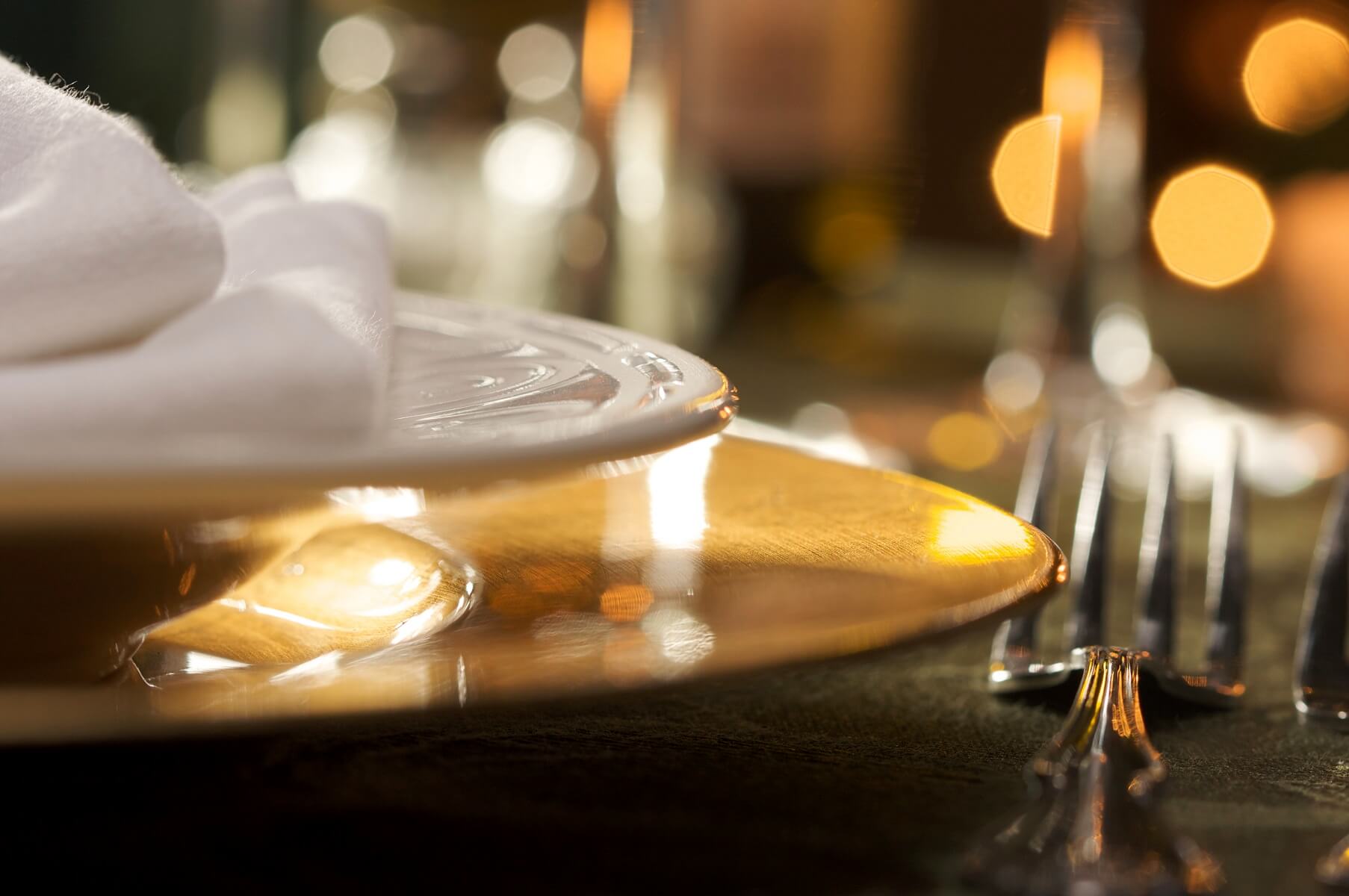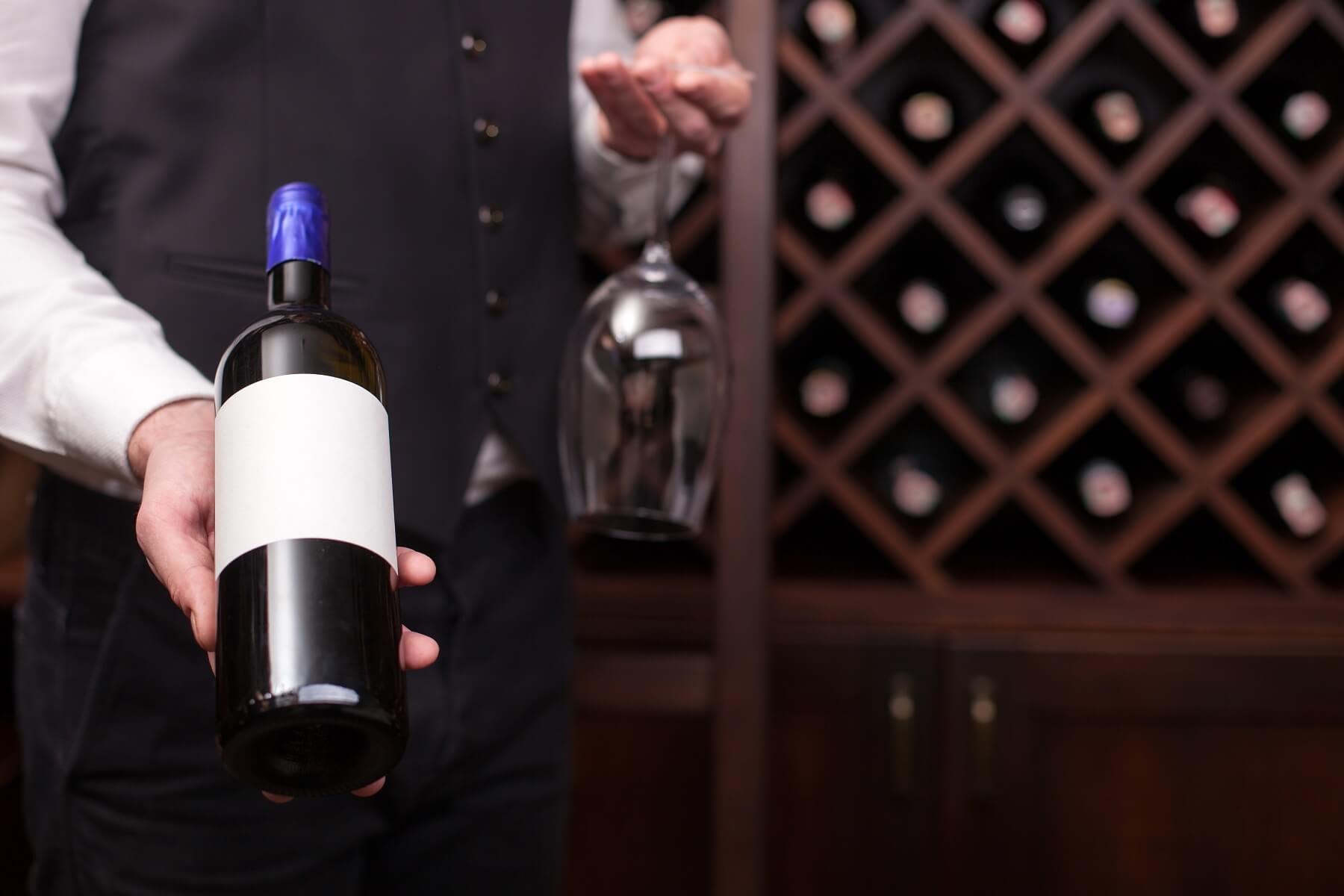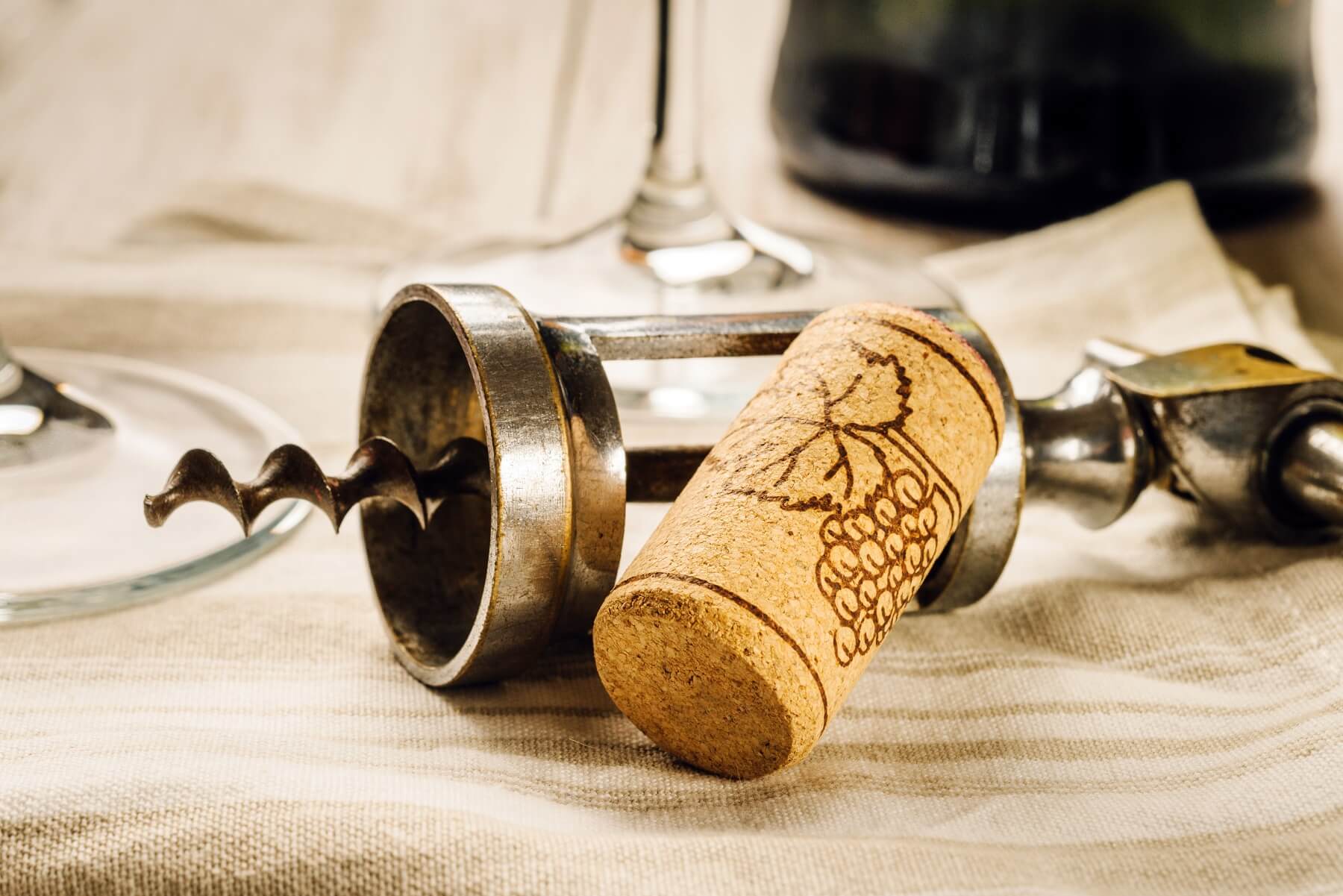

Top 5 Tips on how to order wine at a Restaurant -------------------------------------------------------------------------------- There comes a time in everyone’s life where, all of a sudden, you find yourself at a fancy restaurant. Maybe it’s an expensive first date or you’re celebrating something special… Or maybe you just think
Top 5 Tips on how to order wine at a Restaurant
There comes a time in everyone’s life where, all of a sudden, you find yourself at a fancy restaurant.
Maybe it’s an expensive first date or you’re celebrating something special… Or maybe you just think 'stuff it’, I want to know what all the fuss is about.
For me, it was back when I was 22. I was six months out of uni and starting a role as a business analyst at a finance firm. I still remember it clearly because I messed it up royally. It went something like this...

I sit down.
Small talk, small talk…
There’s a lot of fancy forks, spoons and, um, ‘things' in front of me. What am I meant to do with them all?
Quick, think back to The Titanic. What did that nice rich lady say to Leo? Oh that’s right, for cutlery, start on the outside and work your way in. Okay feeling good, this isn’t so tough...
Okay, that’s cutlery sorted.... Shit! Now they’re serving wine.
This is all pretty nerve-racking… I don’t want to look nervous. I know, a big gulp of wine will sort me out. This glass is pretty close to me; it must be mine.
I take a sip.
Ok, that’s better. We’re back on track.
UH OH!
I drank from the wrong wine glass!
Kill me now.
I can tell it was the wrong one because a vice president from my firm, who’s sitting next to me, is staring at me and looks shocked. He just saw that I drank out of his glass.
Oh god! He’s going to humiliate me on my first ever business-lunch.
But he doesn’t say a word.
He’s realised that I don’t know what I’m doing, and as subtly as that evil guy in the Princess Bride movie, he swaps around our glasses without any of the clients noticing.
Humiliation avoided and he’s just made me a fan of his for life. For the rest of the lunch I stick to watching him, and I manage to get through it without getting fired.
Okay, so my first time was a bit dramatic. And most places are pretty understanding if you don’t know all the formalities and etiquette involved in fine dining.
The good news is, it’s all about manners – so it would be pretty rude to call you out.
But, it’s still nice to know what the rules are so that you can totally boss your next fancy restaurant situation.
So in that vein let’s go through a few of the most confusing rituals of fine dining when it comes to wine.
Which bread and which drinks are yours?
Bread to the left and drinks to the right. Easy right? Actually, that’s pretty tough to remember in the heat of battle.
Here’s a trick.
Form the 'Okay' sign with both hands. (touch you thumb and your pointing finger together). Now look at your hands. They should look something like this 'b d'
Your left hand should be forming the shape of a 'b' for bread. And your right hand should be forming a 'd' for drinks. Easy peasy… onto the next pickle.
Why are they showing me the bottle?
I guess this became a tradition back in the day when you would choose a nice expensive bottle of wine and they would do the old switcheroo and serve you the cheap swill without you realising it.
So the waiter is showing you that they have the bottle you ordered and that they aren’t pulling the wool over your eyes. Mistakes do happen though, especially if the restaurant is really busy. So it’s best to make sure that they do indeed have the correct bottle.
If it’s a very expensive bottle, and you’re not the trusting type, you may want to look at it a little more closely to see what kind of condition the cork and seal are in. You want to make sure that they’re not re-filling expensive bottles with the cheaper stuff. This is going to be more common when you’re travelling overseas and the locals reckon they can take advantage of the gullible english speaking tourists.
If you think there may be a chance that there is some funny business going on, make sure you take a look at the cork to see if it has the same label as the wine producer.
They should also open the bottle and pour your wine in front of you for the same reason.

Why have they given me the cork?
Straight up; the cork is for looking and not smelling.
You see the purpose of a cork is to stop any air from getting to the wine after it has been bottled. Exposure to air causes it to oxidate and ruin the wine. Sad times.
It’s your job to look at the cork and see if it has done its job in stopping air from getting to the wine.
So what are the signs the cork hasn’t done its job?
1) There are veins of wine running through a large portion of the cork.
2) A large portion of the cork is soaked through with wine.
The official term for this is seepage. But even if the cork has seepage, it doesn’t mean the wine definitely has a fault; there’s just more chance of it. So pay more attention to the next point…

Why have they poured me a little amount of wine to taste?
This isn’t so you can taste the wine and tell the waiter if you like it or not. It’s so you can check if the wine has any faults before he serves it to everyone.
So there’s a quite a bit of pressure on you not to mess this up!
Just kidding, the chance that there is a fault is pretty low, especially with screw caps these days.
The three big faults to look for are:
Oxidisation
This happens when the wine in the bottle is exposed to too much oxygen. You know how copper statues turn green because of their exposure to oxygen over time?… Well, wine has a similar problem. Too much oxygen can interact with the compounds in wines, making them taste like vinegar.
This is the easiest fault to tell, as it will taste a lot like the balsamic vinegar that you dip your free bread into. The wine will also be a browner colour than you’re used to seeing.
This normally happens because there was a problem with the cork and the sealing of the bottle. It’s rare to find this fault with screw cap bottles, and this is one of the main reasons why screw caps were invented… so they wouldn’t have to throw away ~1% of all bottles.
But many wine producers, especially those from Europe like to stick to their traditions and aren’t going to be using screw caps any time soon.
Corked wine
Contrary to popular belief this isn’t when the person opening the bottle stuffs up and bits of the cork float around in the bottle. Little bits of cork floating around is easily fixed, but 'corked wine', not so much.
It’s caused by a common bacteria that can sometimes be found on corks. It isn’t harmful but it interacts with the wine to give is a strong musty smell. The wine itself may still taste okay, but because smell and taste are so closely linked, unless you have a musty smell fetish, it’s probably going to ruin the bottle for you.
If it smells like wet socks, it’s probably corked. Not sure? Ask the waiter or the sommelier to smell the wine. Most waiters in upmarket restaurants should know what to smell for.
Cooked wine
You know how you shouldn’t leave children or dogs unattended in the car? Well the same goes for wine. When the wine is exposed to temperatures of over 30 degrees Celsius it ‘cooks’ the wine!
Direct sunlight on the bottle is often the culprit, which can be a problem in our climate. But don’t worry, most wine transport companies and restaurants know how to transport and store their wines.
You might notice something is up when the wine smells sweet when it should be completely dry (no sugar in it). The wine will also taste flavourless; like someone has reached into the bottle and stolen all the yummy stuff, leaving behind a wine that packs no punch.
So now that you can tell the three most common faults…

What do you do if you think the wine has a fault?
So now that you can tell the three most common faults, what do you do if you think the wine has a fault?
This may take a bit of nerve… But if you’re confident the wine has a fault, then you have to straight up tell the waiter. It’s better than making your whole party drink an ‘off wine’.
I mean you were wearing the big pants when you stepped up and offered to taste the wine, and what did you think? With great power, comes great responsibility!
You now have a duty to protect your fellow diners from drinking faulty wine. You’re not the hero your dinner party deserves, but you’re the one it needs!
Okay, enough superhero quotes. Serious time. How do you handle this?
Firstly, don’t tell the waiter you don’t like it. Tell him that you think the wine has a fault. If you are confident of which fault it is, say why you think it is faulty. Otherwise, you can just ask your waiter if they would mind tasting it to double check.
What should the waiter do? If he or she is good at their job, then they'll make you feel as comfortable as possible about this act of bravery.
It’s on them to handle the situation well. And that’s the sign of good hospitality. If they are dicks about it, then give them a crappy tip.
Then they should take it away and taste it or give it to their sommelier to taste. Sometimes the smell of the first sip can be a bit misleading, and if they are confident the wine tastes as it should, they will come back and explain this to you.
They may offer to replace it with a different bottle anyway and in this case, it’s up to you to trust their opinion or take them up on their offer.
If there is a fault, then you just saved your party’s night. Boom!
The restaurant should take this chance to use the wine to train their staff to identify that particular fault.
And there you have it five tips for understanding fancy restaurant dining etiquette when it comes to wine. You now have all the tools for nailing the wine etiquette at your next fancy dinner.
But wait, what about choosing a good wine?
That’s a whole other barrel of corks. We’ll be sharing our guide to this very soon, but in the meantime check out our Wine Palate tool to find your favourite three types of wine. Cheers!
Next up: Take our Wine Palate Quiz and match your personal tastes to your top three wine types
Do you know your wine personality? If your answer is no, take our quiz to find out which wines to pick up next and build your box!
Build my box






